by Jamie Stuart
The first movie I saw in theaters in 2011, aside from a couple of press screenings, was “Hugo.” Yes, that’s correct: I went nearly 11 months without bothering to see a new release. The reason? Honestly, there was nothing I felt couldn’t wait until the DVD release.
During this period, I finally upgraded my home viewing set-up to accommodate Blu-ray. Between the high-definition (HD) I use for movie-watching at home and the HD video that I use to shoot and edit for a living, by the time I got to my second theatrical viewing of the year, “Shame,” digital projection felt completely normal to me. I’d become a purely pixelated creature.
However, as I watched the trailers before “Shame,” I realized that the only times when digital projection didn’t look right was when a movie was shot on film and color-corrected for film projection. Too often, the contrast, grain and colors were too harsh, as if they were over-compensating for the softer film they would print out on. (Incidentally, “Shame” was shot on film, but it looked fine projected digitally.)
2011 was the year in which the Arri Alexa, the first significant digital camera released by leading equipment developer Arri, was put to wide use. Three wildly different examples of the new camera can found in “Drive,” “Hugo” and “Melancholia.”
DriveMy initial reaction to seeing “Drive” was that it was the most organic-looking digital image I’d ever seen. At first I kept scrutinizing the image, but after 15 minutes, I simply relaxed into it. There was nothing idiosyncratic about the picture that bothered me on an aesthetic level.
On the polar end, I thought “Melancholia” was a mess. It looked like Lars Von Trier and his director of photography, Manuel Alberto Claro, arbitrarily adjusted the camera’s ISO scene by scene, shot by shot, resulting in a wildly uneven display of picture noise — sometimes the image was perfectly clean, while other times it looked like a crappy home video. Either or would’ve been fine, but the movie’s complete lack of consistency threw me off.
Martin Scorsese’s “Hugo” wasn’t comparable to the other two because it was shot in 3D. It featured the best use of live-action 3D I’ve seen since “U2-3D,” which, incidentally, was the first live-action digital 3D movie in 2007. The success of “Hugo” was the result of the combined efforts of DP Robert Richardson and Scorsese, who really took the use of space seriously and not simply as a 2D enhancement.
“The Girl With the Dragon Tattoo” proved that David Fincher understands digital cinematography better than any other working filmmaker. He has made four digital features and five on film. As a result, he understands that digital works best when the lighting is built primarily around practical sources and the aperture is wide open. His approach on both “The Social Network” and his latest work, both shot by Jeff Cronenweth on the RED, is basically an extremely upscaled studio version of DSLR (digital single-lens reflex) filmmaking.
Three major indie releases were all defiantly shot on film: “Martha Marcy May Marlene,” “The Artist” and “Shame.” I agree that film was the right choice for “Martha,” with its soft, organic, rustic images in long shots, and “The Artist,” which sought to capture the feel of a silent picture in a black-and-white 1.33:1 aspect ratio. However, while Steve McQueen is a film purist, “Shame” could have been shot digitally in a manner similar to Fincher’s approach without losing anything. When I watched “Shame” projected digitally, the source of the image didn’t matter.
“The Artist,” while printed as black-and-white, was actually shot on color film stock, as were other recent black-and-white pictures like “The White Ribbon” and “The Man Who Wasn’t There.” And even though “The Artist” was intended to evoke the feel of older movies, a lot of its technique was pretty modern.
Considering that the vast majority of movie viewing is digital, including home viewing, why are filmmakers still shooting on film if virtually nobody will ever see it projected on film? “War Horse,” for example, was shot on film by Steven Spielberg and his longtime DP Janusz Kaminski. When it comes to shooting on film, Spielberg is–to quote “Network”–“intractable and adamantine.”
War HorseAfter watching “War Horse” projected digitally, I must confess that it fell into the category of movies shot on film that didn’t transfer properly to digital. The soft image with high-key lighting was inherently designed for celluloid. And Spielberg, in his rigidness, shot himself in the foot: Few will ever see it projected on film. The digital counterpart was too harsh and vivid where film would have been kinder. Either he should have made the movie two or three years ago, when film projection was more widely used, or he should have shot it digitally and adjusted it for that format.
Somebody needs to slap Spielberg in the face and tell him to wake up, because he cannot move forward as a filmmaker by holding so tightly to the past (he even wishes he could return to cutting on a Moviola). The roots of filmmaking are its language, not the technical medium. I love Spielberg, but his stubbornness is depressing me. He should be leading the way.
The first major digitally shot and projected feature I saw was David Fincher’s “Zodiac” at New York’s Ziegfeld Theater (the same theater at which I saw “War Horse”) in 2007. Shot by Harris Savides, “Zodiac” was actually designed for a film print release with digital as a minor component. The digital image was so clean and sharp, so alien, that it was almost a distraction.
Now, digital is the new normal. This needs to be accepted. It’s this transition that has manifested itself in the nostalgia of many of the movies I’ve noted above: “Martha,” with its long takes and its grungy seventies vibe, “The Artist” with its celebration of silent film, “War Horse” with its celebration of old-fashioned 1940s-style filmmaking, and “Hugo,” which used modern 3D to pay homage to the dawn of movies.
Movies will go on. The past will inspire the future. But the future will also need to stand on its own feet.
Jamie Stuart is a New York-based filmmaker.



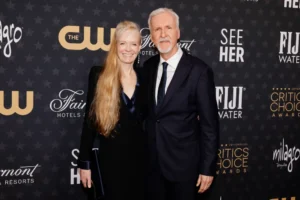
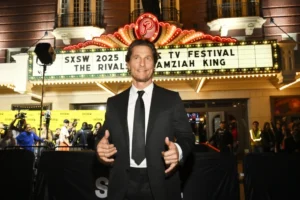

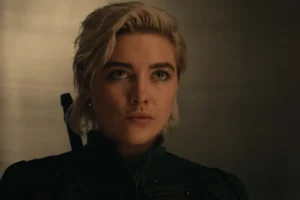

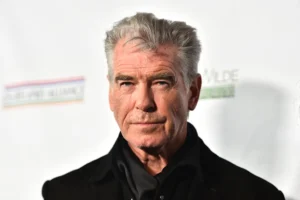

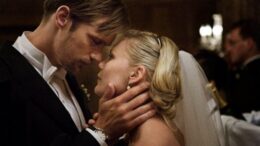



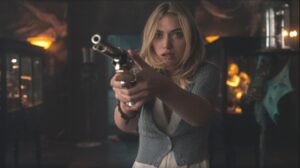
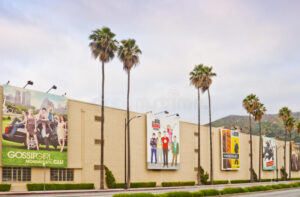
+ There are no comments
Add yours